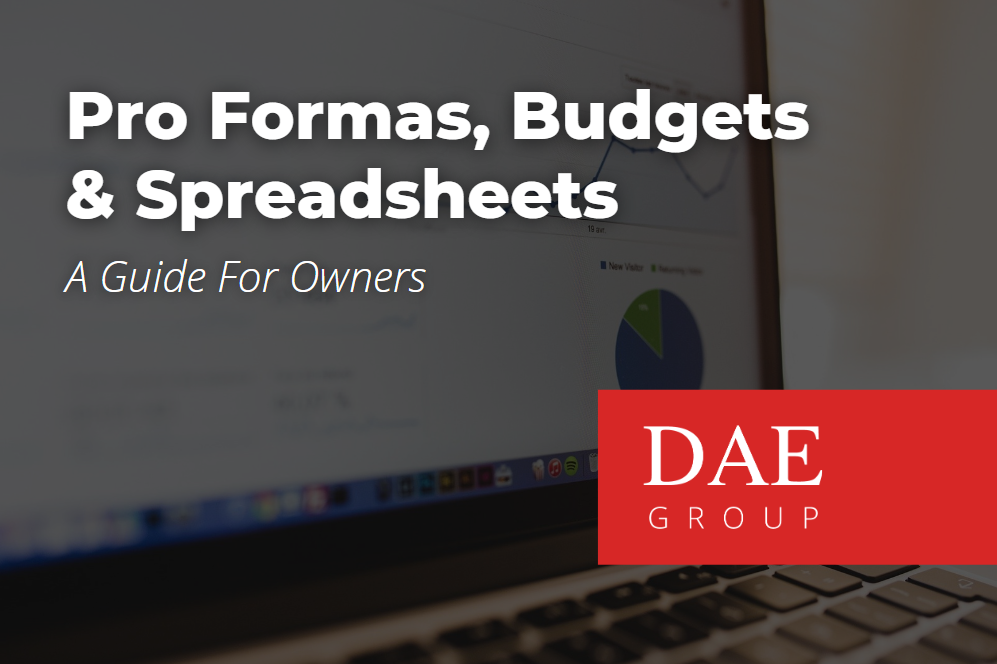What does Pro Forma Mean?
Pro forma is a Latin term meaning “for the sake of form.”
What is a Pro Forma Budget?
In real estate, a pro forma budget often takes on the “form” of Excel spreadsheet cash flow projections. They are used by developers, investors, brokers, lenders and appraisers to evaluate the viability of properties and projects by “taking a look at the numbers and assumptions.”
What is the purpose of a Pro Forma Budget?
Pro formas look into the future and attempt to forecast anticipated revenues, costs, expenses, profits and cash flows to arrive at the potential profitability a real estate opportunity might provide. They are tools to make assessments about whether a developer or investor should proceed with a project, its feasibility options and to assist in creating the highest and best use of the real estate being reviewed.
A property’s pro forma is an attempt to calculate the financial results of the property emphasizing either current or projected figures during the development period and three to five years into the operating period of the project. Pro formas are created for all types of real estate including single-family, multi-family, condominiums, office, retail, mixed-use, medical, educational and industrial.
What is included in a Pro Forma Budget?
The calculations in a pro forma can begin with a simple “back-of-the-envelope” capitalization and end with a multiyear discounted cash flow that includes returns to investors and joint venture partners. It is essential to know what type of analysis is appropriate for each stage. Too much detail too early is a waste of time and too little detail gives insufficient information to make grounded assessments.
What specific information goes into a pro forma varies from project to project and from project type to project type. Below is a quick overview of some of the types of information that go into a pro forma at various times in the development process:
Pre-Development
Planning and Initiation
- Data Collection
- Collect data on Developmental, Environmental, Governmental, and Operational objectives to establish Project Objectives, identify major developmental issues
Feasibility
- Data Analysis and Recommendations
- Supply, demand, growth rates, sales pricing or leasing rates, and absorption rates
- Operating Performance Projections
- Type of project
- Number of units
- Timing of units coming online
- Operating Revenues
- Construction Costs
- Operating Expenses
- Financial Analysis
- Initial Project Financing – Equity, Debt, Ownership, Terms, Structures, Costs
- Common analysis to include Gross Potential income. Capitalization, Net Operating Income, Net Cash Flow,Return on Cost, Internal Rate of Return, Discounted Cash Flow Analysis
Construction
- Project phasing
- Draw schedule
- Hard & Soft costs
- Risk insurance
- Impact fees / Site prep
- Cost of financing construction period
Operations
- Management and Cost of Operations
- Revenues, Expenses
- 3 year, 5 year
- Returns to investors
Pro Forma Analysis
When using pro formas to assess real estate opportunities the analysis is only as good as the information used. Be aware of major pitfalls including underestimating costs, over estimating rents/sales absorption & pricing, underestimating operating expenses, omitting a reserve for replacement costs (rentals), underestimating repairs, overestimating sales/rental price escalation.
For this reason all assumptions should be checked with experts, such as the DAE Group, to make sure assumptions, numbers and scheduling reflect reality and not fantasy.

